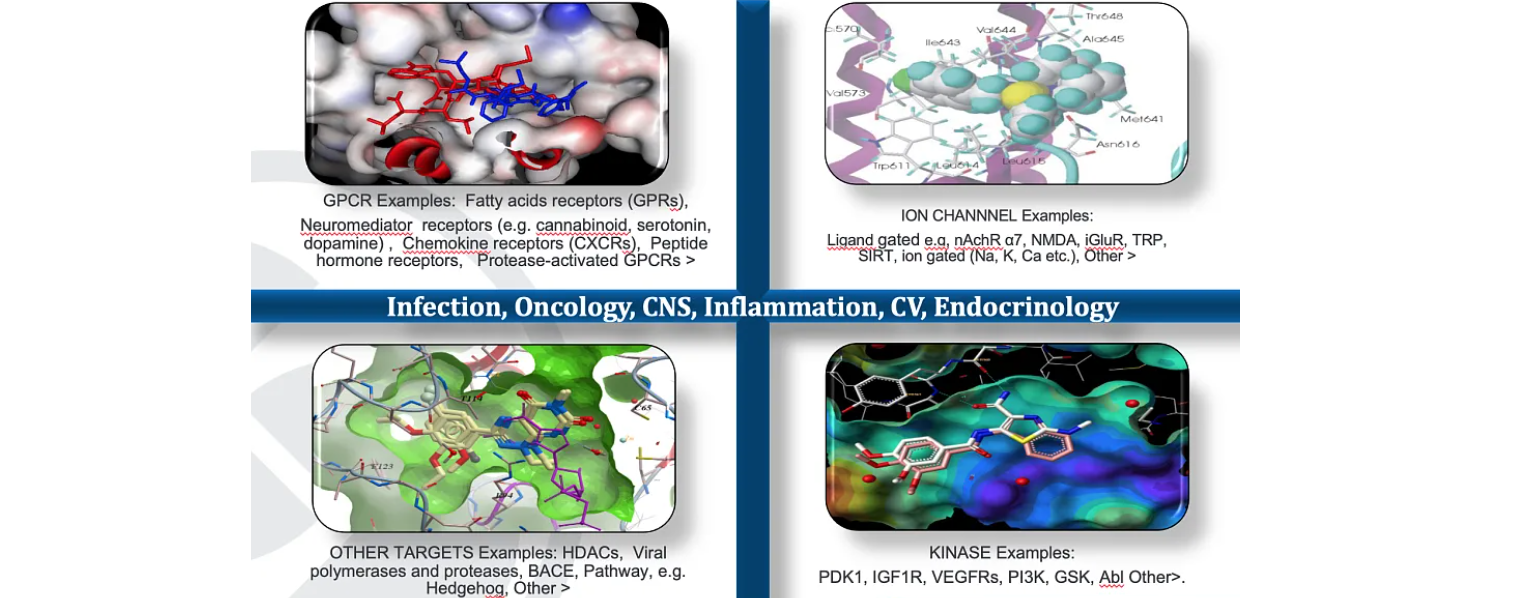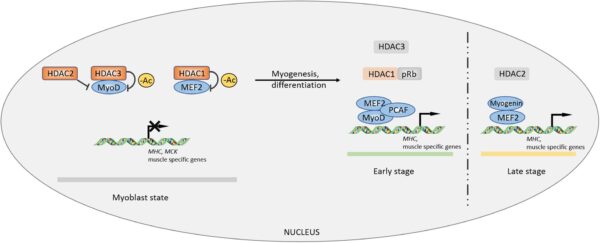In the realm of small molecule drug discovery, the design and identification of ligands that bind to specific targets with high affinity and selectivity is of utmost importance. SmartTM Libraries have emerged as a cutting-edge approach, harnessing the power of intelligent design and innovative screening strategies to unlock the potential of small molecule ligand discovery. In this blog, we will delve into the world of SmartTM Libraries and explore their role in revolutionizing small molecule ligand design.
Small Molecule Ligand Design: A Pathway to Precision Medicine
Small molecule ligand design involves the development of compounds that interact with specific target proteins, receptors, or enzymes within the body. These ligands play a critical role in modulating biological pathways and have the potential to treat a wide range of diseases and medical conditions. Achieving high affinity and selectivity is essential for the success of ligand-target interactions.
Understanding SmartTM Libraries
SmartTM Libraries are a new generation of small molecule libraries that integrate intelligent design principles with advanced screening techniques. These libraries are strategically designed to maximize the potential of ligand-target interactions by incorporating key features such as shape complementarity, electrostatic interactions, and optimized physicochemical properties. By employing state-of-the-art computational modeling, chemical synthesis, and high-throughput screening, SmartTM Libraries offer an innovative platform for ligand design and discovery.
Advantages and Applications of SmartTM Libraries in Small Molecule Ligand Design
Precision and Selectivity:
SmartTM Libraries enable the design of ligands with precise shape complementarity and optimized physicochemical properties. This allows for the creation of ligands that interact specifically with the intended target, minimizing off-target effects and enhancing selectivity. The intelligent design approach provides a higher probability of identifying ligands that possess the desired affinity for the target.
Structure-Activity Relationship (SAR) Exploration:
SmartTM Libraries facilitate the exploration of structure-activity relationships, allowing researchers to understand the impact of different chemical moieties on ligand-target interactions. This knowledge is crucial for iterative ligand optimization, leading to the development of more potent and selective compounds. The libraries provide a rich source of diverse compounds that can be used to analyze SAR and guide subsequent ligand design.
Accelerated Hit and Lead Identification:
The enhanced design principles of SmartTM Libraries increase the probability of identifying hits and leads with high affinity for the target. By incorporating ligand-target interactions into the library design, researchers can streamline the screening process and accelerate the identification of compounds with desirable pharmacological properties. This expedites the hit-to-lead optimization phase and advances the progress of drug discovery programs.
Innovative Ligand Design Strategies:
SmartTM Libraries facilitate the exploration of novel ligand design strategies. By integrating computational modeling techniques, chemical synthesis, and advanced screening technologies, these libraries provide a platform for innovative ligand design approaches. This enables the development of ligands with unique structural features, increased binding affinity, and improved drug-like properties.
Conclusion:
SmartTM Libraries revolutionize small molecule ligand design by merging intelligent design principles with cutting-edge screening strategies. By emphasizing precision, selectivity, and structure-activity relationships, these libraries offer a robust platform for ligand discovery and optimization. Through accelerated hit and lead identification, exploration of innovative ligand design strategies, and the ability to uncover ligands with high affinity and selectivity, SmartTM Libraries pave the way for the development of effective therapeutics and precision medicine. As researchers continue to refine and expand these libraries, we move closer to unlocking the full potential of small molecule ligand design and its significant impact in healthcare.



